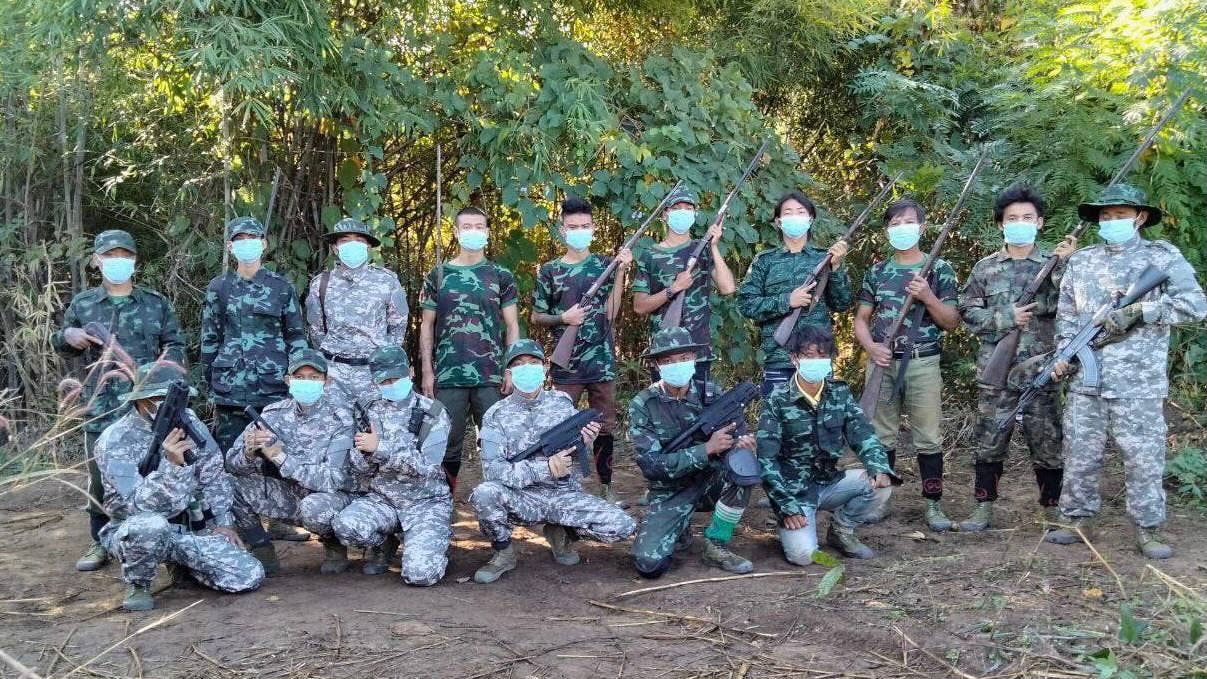3D-printed guns are being used in the Myanmar civil war

(twitter.com/Jake_Hanrahan)
SUMMARY
Additive manufacturing, also known as 3D printing, allows for the production of parts and components without the need for a full-scale manufacturing facility. Through this process, designers can print just about anything out of plastic. The technology has advanced to the point where even firearms, which are generally made up of a combination of metal and polymer components, can now be assembled out of mostly 3D-printed parts. This became a crucial part of the anti-junta resistance in the Myanmar civil war.
Located in Southeast Asia, Myanmar has a long history of internal fighting. After the country became independent from Great Britain in 1948, control of the government was seized through a military coup d'etat led by General Ne Win. Although a democratic government began development in the 2000s, the military still exercised great control. Even under the government of democratically elected President Aung San Suu Kyi, military forces carried out a massacre against ethnic minorities that forced tens of thousands of people to flee into neighboring Bangladesh. In 2021, military forces imprisoned Aung San Suu Kyi and seized government control, sparking a civil war.
The Myanmar military junta, or government led by military leaders, was protested by thousands of citizens demanding the release of the president. These protests were violently put down, with the Armed Conflict Location & Event Data Program estimating that over 23,000 people were killed in the 14 months after the coup began on May 5, 2021. The Myanmar Armed Forces, called the Tatmadaw, have a technological advantage over the anti-junta rebels. With tanks, artillery and fighter jets, the Tatmadaw is well-equipped to combat the resistance. Moreover, modern firearms are extremely difficult for civilians-turned-rebels to get their hands on. That's where 3D printing comes in.
In early 2020, a German-Kurdish gun designer who went by the pseudonym JStark1809 released the design for the FGC-9. An acronym for "F**k Gun Control" and chambered in 9x19mm, the FGC-9 was designed to be manufactured almost entirely of 3D-printed parts. Only a few pressure-bearing parts need to be machined from metal and are easy to make. Even the 4.5-inch barrel can be rifled using electrochemical machining. The Glock pattern magazines can also be 3D-printed. In total, the FGC-9 can be built for under $500 (after the cost of the 3D printer) and takes about 1.5-2 weeks to complete.
Needing to equip tens of thousands of fighters, many of whom are young people with no firearms experience, Myanmar's People's Defence Force and other allied ethnic minority groups turned to the FGC-9. Cheap and simple, the FGC-9 is reflective of the anti-junta resistance. Rebel fighters train with and employ the 3D-printed gun in combat, sometimes replacing it with captured weapons from the battlefield. Even then, FGC-9s remain in resistance formations to arm other fighters.
SHARE
